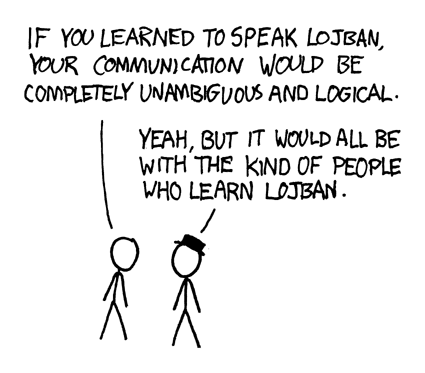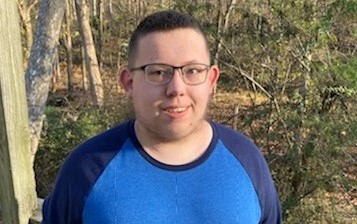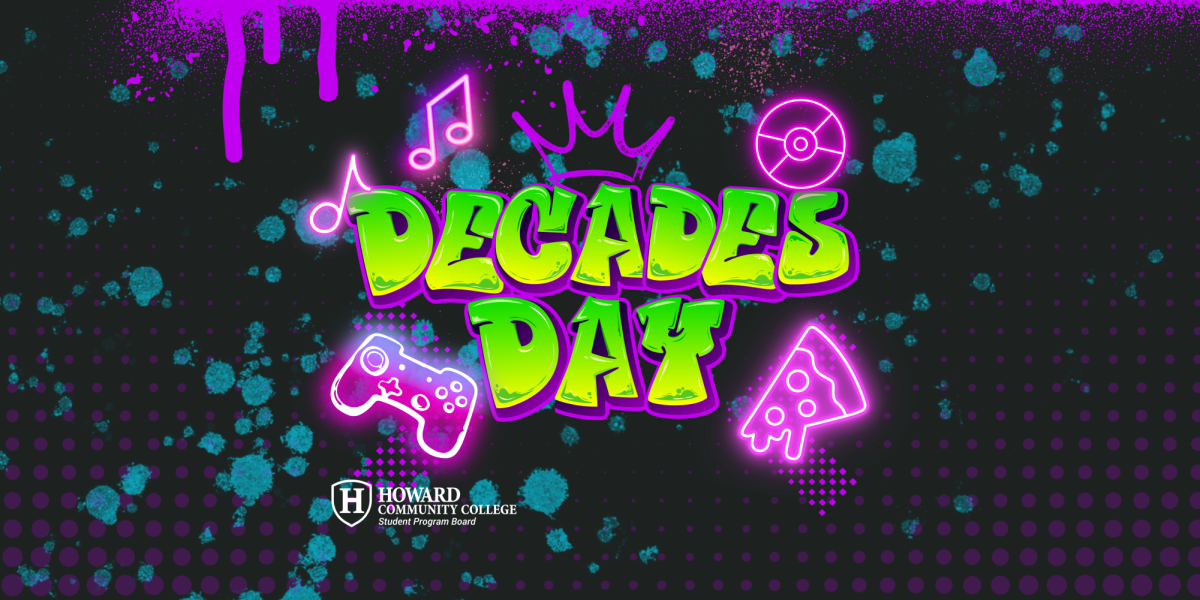Breaking the Boundaries of Language Through the Power of Conlangs
Constructed languages serve as a unique alternative to traditional, more established languages
The Viossa flag represents a conlang created during a series of Skype video calls in 2014. The origins of Viossa include Germanic, Japanese, Uralic, Slavic and Sinitic and other languages.
May 12, 2022
Yä leisadjin (Viossa for “Hello, readers!”)! Today, I’ll be your professor for CONL-101. That isn’t a class, but I am studying Viossa, a conlang.
The word “conlang” is short for “constructed language,” or a language made up by a person or a community. Conlangs can help linguistically disconnected people find their cliques and niches.
Conlangs differ from naturally developed languages, or natlangs, which derive from geographic regions. For example, English is a natlang from the Anglo-Saxon language, which originated in modern-day England and Scotland as well as Northern France and Northern Germany. Meanwhile, Arabic was established in the Middle East and is an ancestor of cuneiform.
Essentially, the first language a person learns is a natlang, while learning a conlang can allow someone to veer off the path of well-known languages.
According to Merriam-Webster, conlangs have existed since the 1800s. Esperanto was a well-known 19th-century conlang, blending English, French, German, Slavic and Spanish. It attempted to serve as a universal language.
A more recent conlang that you may know is High Valyrian, introduced in 2012 for the television series “Game of Thrones.”
High Valyrian derives from Elvish languages in other novels, including the “Lord of the Rings” trilogy by J.R.R. Tolkein, “Strands” by Gael Baudino and the “Eragon” tetralogy by Christopher Paolini.
Studying a conlang may be time-consuming, but it can be as rewarding as taking a language class at HCC. If you’ve mastered a natlang, I’m sure you can master a conlang. Like natlangs, each conlang has unique grammar, dialect and usage rules.
Additionally, some conlangs like Viossa have no set international phonetic alphabet (IPA) or de jure spelling, meaning that speakers can interpret it however they want by spelling and pronouncing words as they wish.
For example, while “please” and “thank you” are the same in Viossa as they are in German (“bitte,” for “please,” and “danke,” for “thank you”), a German speaker would respond to “danke” with “bitte.”
Meanwhile, someone speaking Viossa would respond to “danke” with “njles (pronounced “kneels”),” which translates to “you’re welcome” in Viossa. This is an example of how the Viossa conlang utilizes and expands on Germanic natlangs.
Learning a conlang can help you study the basics of a natlang, such as the roots of words. For example, according to Redditor u/master9000, “end Zonian proc and ajac mean “near” and “next to,” [respectively], and as you might have guessed, are cognate with ‘proximity/approximate/proxy’ and ‘adjacent.'”
As was the case with Esperanto, there is perhaps a misconception that conlangs serve as universal languages that everyone can understand. However, just like natlangs, communication through conlangs requires both speakers to understand each other. In essence, conlangs must be learned and cannot be innately understood.
In the webcomic “XKCD,” a speaker of the Lojban conlang says to the other character that speaking in Lojban allows you communicate with anyone. The character who did not speak Lojban responded by saying that one has to know Lojban to be able to speak it.
Ultimately, both speakers offered a valid message. While Lojban can serve as a unique communication medium, ultimately, someone may feel unwelcomed by the language’s obscurity. Mi toluca lujvo medomi besna (Lojban for “Have I fried your brain?”)?

However, one can argue that conlangs are not as obscure as natlangs, as some conlangs have evolved to branch off of others, such as Elvish.
If someone who speaks Elvish is communicating with someone who speaks Quenya, a language derived from Elvish, they should be able to understand each other.
Conlangs from different shows and games are intricate, and those who watch and play those shows and games often want to explore conlangs further through the internet.
There is material on the internet regarding conlangs, however it’s better to learn conlangs by interacting with communities that speak one.
While conlangs may be lesser-known than natlangs, they can help connect people by breaking long-lasting racial and linguistic barriers.
HCC students are familiar with a plethora of conlangs, including High Valyrian, Dovazhul from “The Elder Scrolls” and Elder Speech (or Hen linge) from “The Witcher.”
Unlike these fantasy-built conlangs, which are created by established authors and have stricter rules, community-built conlangs are less restrictive and can be created and developed by anyone, even HCC community members.
Therefore, we could incorporate conlangs into the HCC community through courses or clubs. Sure, it may take some time and effort, but integrating conlangs at HCC would help students explore new and unique languages.
Sadly, no class teaches conlangs at HCC – the two closest related courses are linguistics and intercultural communication. There could be a course offered in the future, however, as some English professors would be willing to teach conlang-centered material.
Unifon is a conlang that is simpler than others to understand and could serve as an effective introductory course to conlangs. Its one-character-per-phoneme alphabet eliminates letters that are not needed to pronounce a word correctly.
For example, the word “Maryland” would be written in Unifon as “MAriLxnd.”
According to a professor at HCC, Unifon was “created in the 1950s and developed into a way to help children with reading and writing skills, and even now, [people argue] that it’s a better way for children to read [and write] English.”
Unifon can also help people become proficient in reading and writing both English and indigenous languages.
Although teaching conlangs in the classroom would be an effective way to facilitate empathy, civic engagement and a new method of communication, implementing a new course into the curriculum can be a gradual process.
A more student-led approach, such as a club, can be a less restrictive way to learn about conlangs at HCC. Similar to a course, a conlang club would bring people together while reinforcing open-mindedness and the value of linguistic diversity.
Conlangs can also help to restore old natlangs, such as Coptic and Ancient Greek, and keep endangered natlangs, such as Sicilian and Belarusian, alive. According to “Essentials of Cultural Anthropology: A Toolkit for the Global Age” by Kenneth Guest in 2019, we might lose upwards of five thousand languages within the next 80 years.
Introducing a course would bring an exciting opportunity for me to learn Unifon as a starter course. It is a simple conlang, and some professors at HCC are already knowledgeable of it.
Meanwhile, if a conlang club was approved by the Student Government Association, I would be more than eager to learn Lojban and educate people on conlangs like Viossa and Dovahzul.
What conlangs would you be interested in learning about or engaging with? You can decide by watching and listening to parts of this YouTube showcase if you don’t already have one in mind. Leave your suggestions in the comments and be sure to answer the poll!







